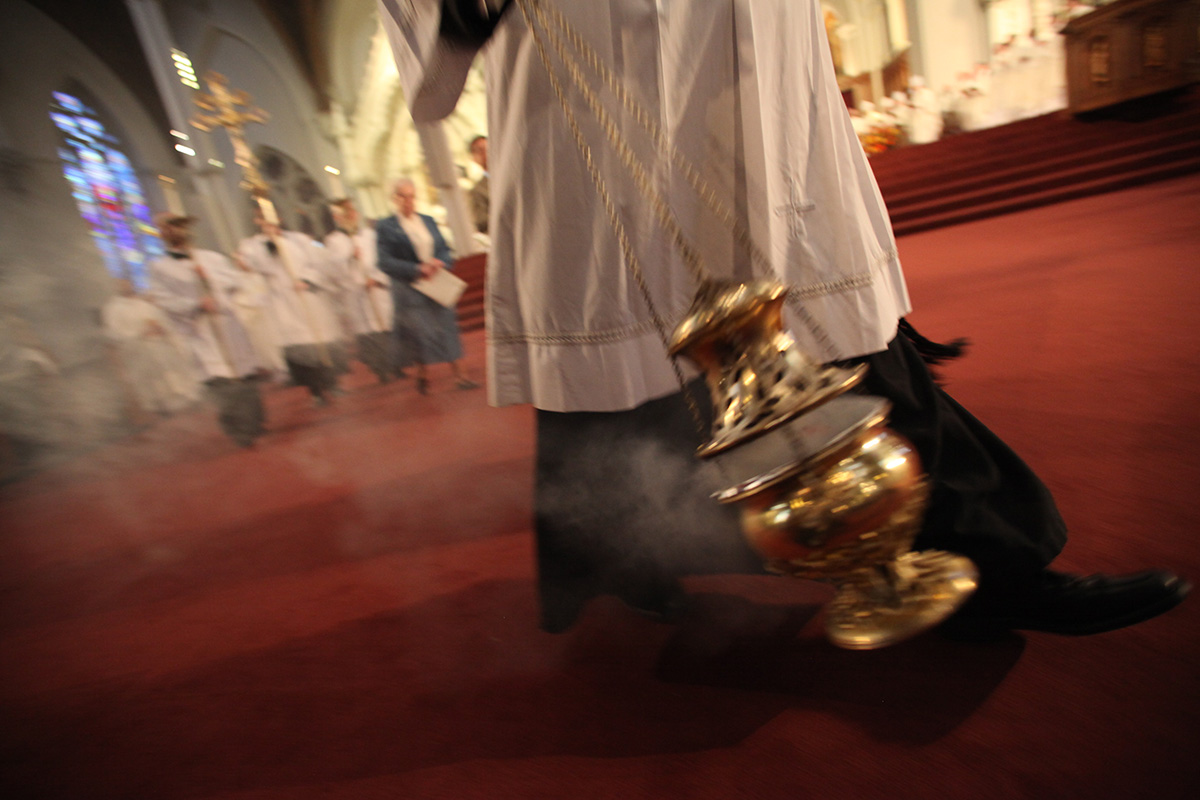Throwback Thursday: When Catholic Priests Were Banned from Massachusetts

Photo by George Martell/The Pilot Media Group on Flickr/Creative Commons
For a state known for its Catholics, you’d never guess that early Massachusetts Bay Colony residents considered the Pope the Antichrist.
Puritans escaping the Church of England sailed across the Atlantic and set up shop in Massachusetts in the 1630s. But when Roman Catholic Frenchmen and Jesuit missionaries from Canada began to work their way south, the Puritans wouldn’t even think of tolerating the perceived “devils.” Reports of the Catholic missionary priests successfully converting Native Americans and English captives alarmed the settlers, as the Protestants believed Catholics were doomed to eternal damnation.
On May 26, 1647, a law was enacted to ban Catholic priests from Massachusetts. The penalty was banishment, and for a repeat offense, it was death. Evidently, this law from 369 years ago was not highly effective. Threats of being hanged did not exactly faze Catholics in the region—they still found their way into parts of Massachusetts and around New England.
By the time the American Revolution came around, anti-Catholic sentiment had simmered down. Catholics weren’t welcomed with open arms, but they weren’t in danger of being hanged. In 1780, the Massachusetts constitution was amended to allow Catholics to practice their religion. Even so, the first public mass wasn’t celebrated until 1788. In the 1840s, the influx of Irish immigrants into Boston cemented the beginnings of the state’s extensive Catholic heritage, although the group still endured prejudice.
Today, Massachusetts is one of the most Catholic states in the nation. According to a 2010 religion census, 45 percent of the state’s residents identify as Catholics. While priests were banned here more than 350 years ago, the Catholic Archdiocese of Boston was established about 160 years later by Pope Pius VII in 1808.


